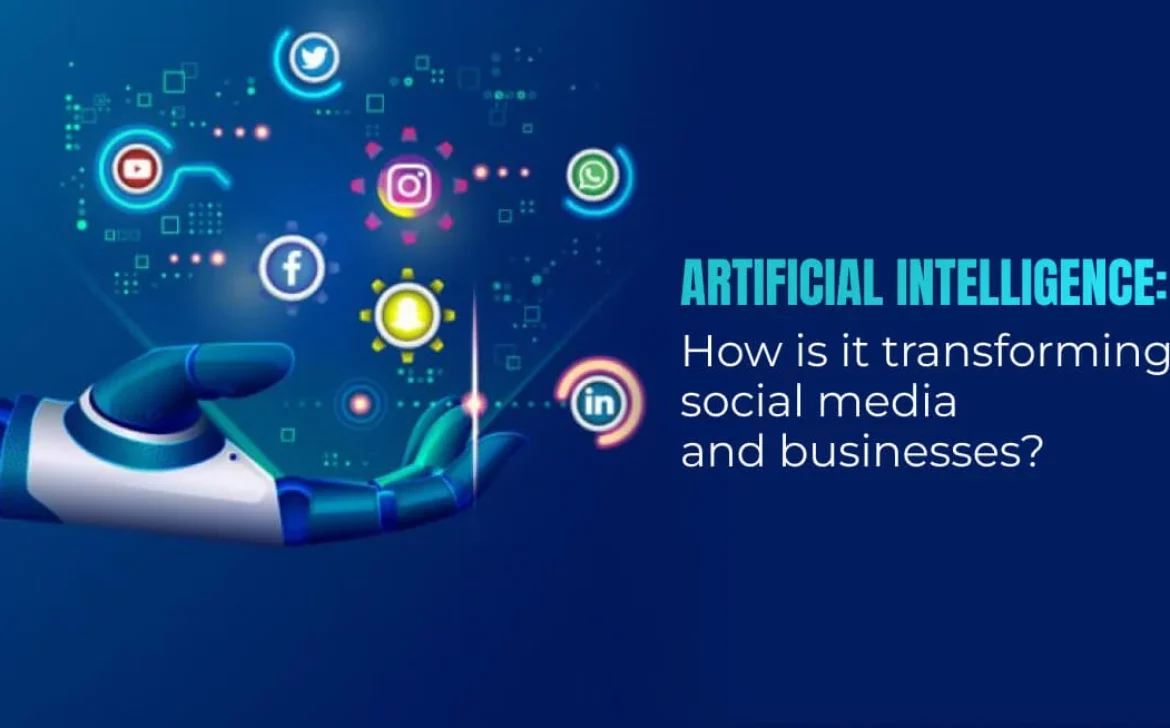Automation: Unleashing Efficiency and Innovation Across Industries

Understanding Automation: Beyond Repetitive Tasks
Automation involves the use of technology, software, or machinery to perform tasks with minimal human intervention. While it initially gained prominence in manufacturing, automation has transcended industry boundaries, infiltrating sectors such as finance, healthcare, logistics, and more. This shift marks a pivotal step towards digital transformation.
The Benefits of Automation
- Enhanced Efficiency: Automation accelerates processes, reduces human errors, and enables tasks to be completed faster and with consistent quality, leading to significant gains in efficiency.
- Cost Savings: By automating repetitive tasks, businesses can cut down on labor costs and reallocate resources to more strategic initiatives.
- Improved Accuracy: Automation reduces the likelihood of errors that can arise from manual data entry or repetitive actions, ensuring data integrity and reliable outcomes.
- 24/7 Operations: Automated systems can operate around the clock, facilitating continuous production, customer support, and data processing.
- Scalability: Automation enables businesses to scale their operations without a linear increase in labor, making growth more manageable.
- Innovation Catalyst: Freed from mundane tasks, employees can focus on creative and strategic tasks, driving innovation within the organization.
Automation Technologies and Applications
- Robotic Process Automation (RPA): RPA involves the use of software “bots” to execute rule-based tasks, mimicking human interactions with digital systems. It’s widely used in data entry, customer service, and finance.
- Artificial Intelligence (AI): AI-powered automation can handle complex tasks that require decision-making and analysis. Chatbots, predictive analytics, and image recognition are examples of AI-driven automation.
- Internet of Things (IoT): IoT devices automate data collection and communication between physical objects and systems, enabling efficient monitoring and control in various environments.
- Industrial Automation: In manufacturing, industrial robots and automated assembly lines have revolutionized production processes, improving precision and throughput.
Challenges and Considerations
- Job Disruption: While automation boosts efficiency, it can also lead to concerns about job displacement. However, it often results in the creation of new roles focused on managing and maintaining automated systems.
- Initial Investment: Implementing automation technologies requires upfront investments in infrastructure, software, training, and integration, which might deter some businesses.
- Change Management: Employees may resist the adoption of automation due to fear of job loss or a lack of familiarity with the new systems.
Paving the Path to the Future
The role of automation is set to expand as technology evolves:
- Collaborative Automation: Automation systems that work alongside humans, known as cobots, will become more prevalent, enhancing worker productivity and safety.
- Hyperautomation: This term refers to the combination of RPA, AI, and other technologies to automate and optimize an increasingly broad array of processes.
- Autonomous Vehicles: Automation is poised to transform the transportation industry, with self-driving cars and drones set to revolutionize mobility and logistics.














